
Presumably these days,
Everyone has been screened by Yu Zheng’s "Latent Raiders".
"Yangwei Raiders" has already received 1.4 billion broadcasts.
Douban score 6.9 points (the highest score in the past 5 years in Zhengzheng),
The plot and the picture are both remarkable.
It is regarded by many netizens as a "turning over".
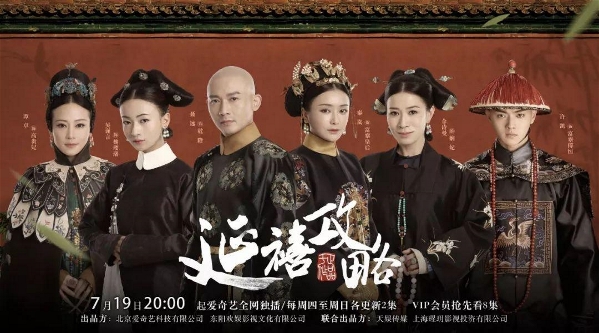
In terms of the plot, although it is still the process of upgrading the monsters in the palace, but our social sisters are not white lotus, there are many people talking, and confronting the villains hiding in the dark, they will gain by their own strength. A good praise, see that it is a refreshing!
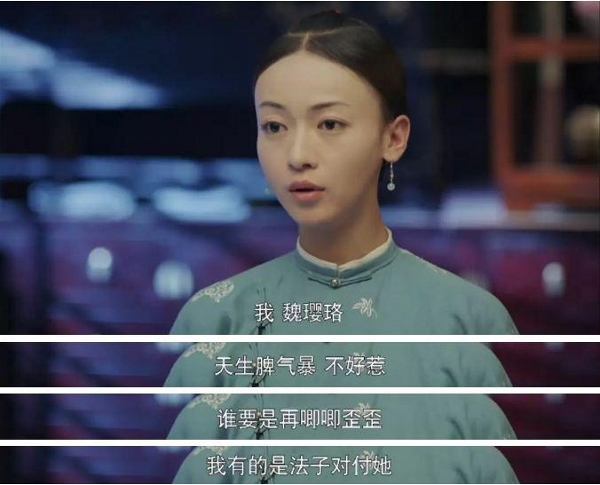
In the scriptwriter this time, he abandoned the spicy eye Abao color that used to be used in the ancient costume drama, and changed to the Morandi color system. It looks a lot more advanced, and the hue saturation is also lower, like a retro filter, highlighting the royal ceremonies and the dynasty.
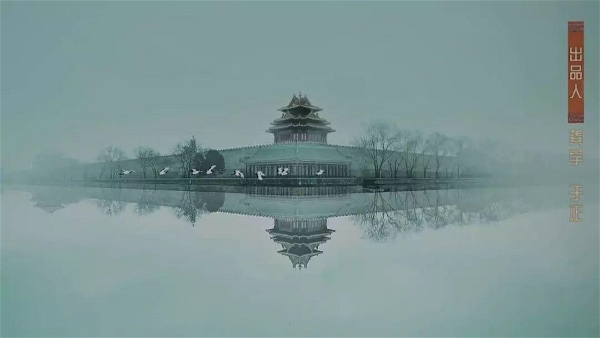
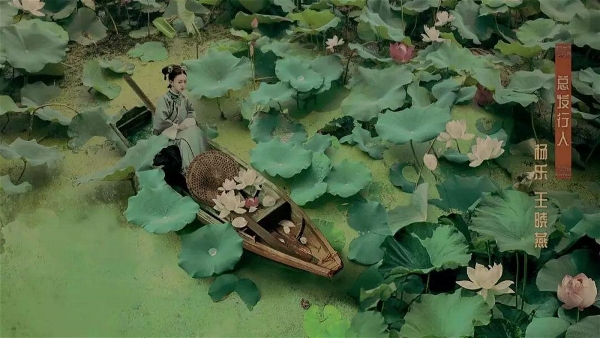
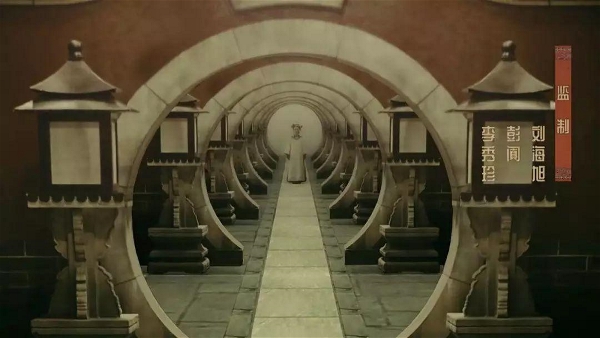

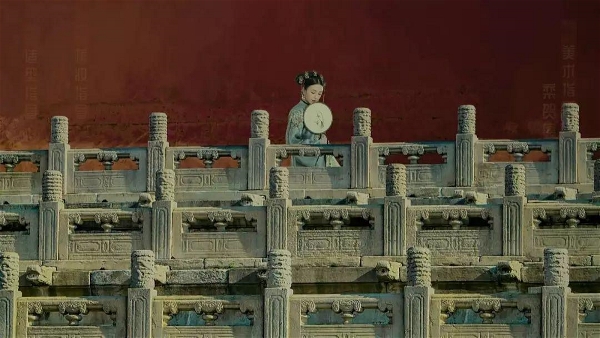
From large scenes to details, the composition is very particular, with symmetrical composition, golden proportions, antique furnishings, and strong outdoor light. There are many scenes that are comparable to movie scenes.
Yu Zheng said that the original intention of filming "Yanqi Raiders" was to make a drama with a sense of history and a great sense of court aesthetics, so they did a lot of historical research and referenced the ancient paintings of Qianlong period. Books, etc., restored the quaint taste of that era.
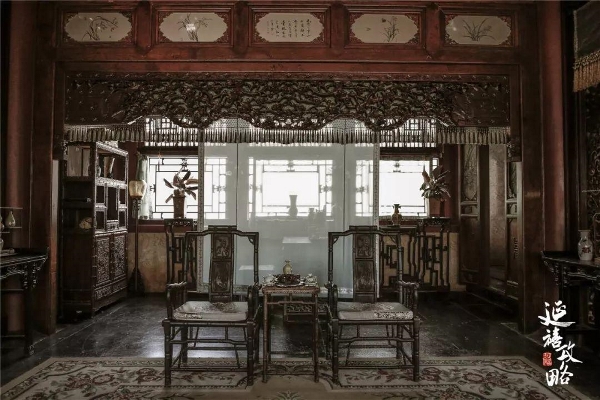


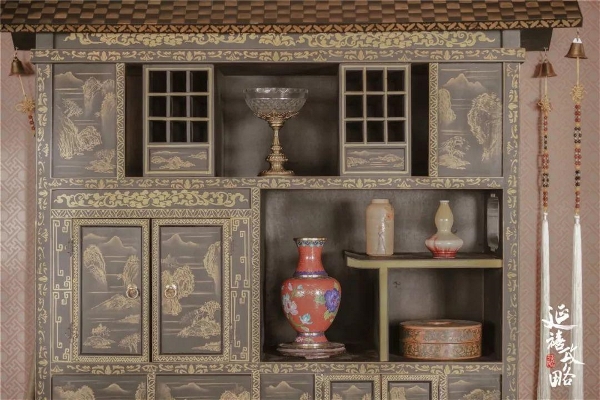
The same scene reveals the beauty of a soothing and quiet "Yanlan Morandi".
Here, give everyone a science: What is "Morland"?
In fact, it is the high-level gray that we are familiar with: the picture is flat and natural, soothing and elegant, there is a static and harmonious beauty, and it can also be understood as the "sexual cold" style that everyone calls.
Not only that, but the non-legacy elements are also absorbed into a large number of shots.
An audience that does not know much about traditional craftsmanship
Also began to discover their charm
Even the People’s Daily also praised the non-legacy of the play in the introduction.
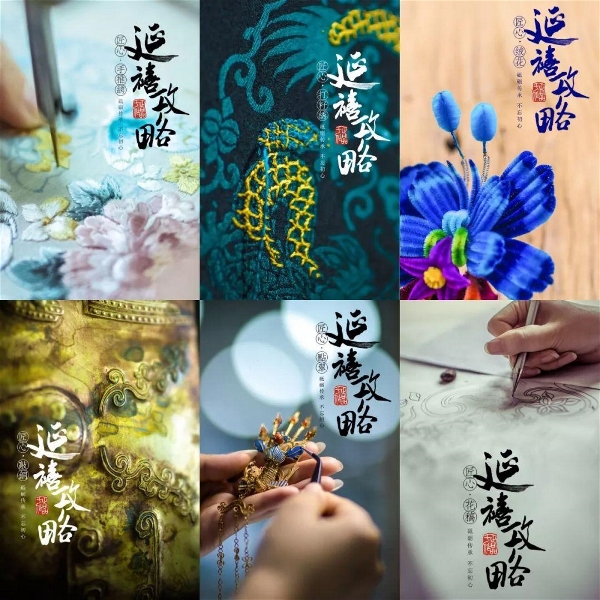
The reporter found that on websites such as Zhihu and Douban, there were enthusiastic netizens who took stock of the inefficiencies in the drama to popularize the knowledge of the audience.
Velvet
For example, in the play, the velvet flowers worn by the Emperor Fucha on the head of the drama are extremely common in some “outside†netizens, and they are called “succulentâ€.

According to historical records, Fuchao Queen "closed to the crown through the grass, not Yuzhu." Do not love gold and silver love "artificial flowers"? In fact, this is the Fuchao Queen's sympathy, abandoning the extravagance, and demanding the harem.
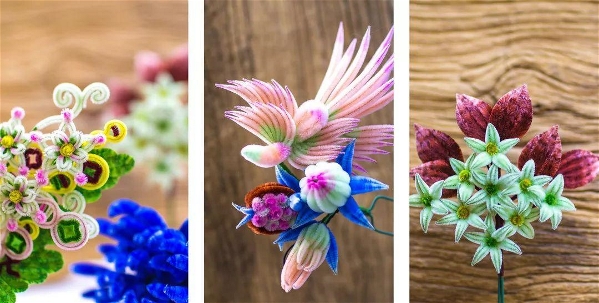
Picture: The work of the velvet flower in the "Yanlan Raiders" drama, Zhao Shuxian, master of Nanjing velvet craft
Tongcao and velvet are the kind of headwear, which are mainly made of through grass and silk. The velvet flower is a representative traditional handicraft with unique local characteristics in Nanjing. It was listed as a royal tribute in the Tang Dynasty. Because of its special methods, it has not been produced by machines until now, and can only be made by hand. In 2006, Nanjing Ronghua was listed as the intangible cultural heritage of Jiangsu Province.
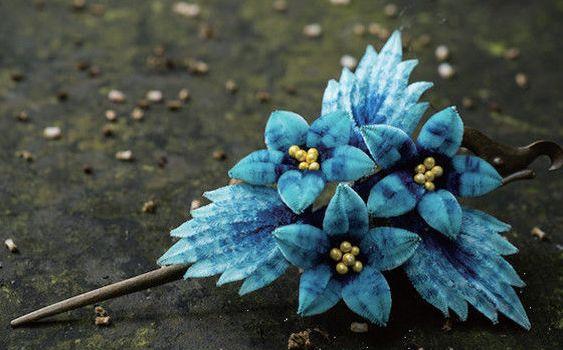
Photo: Zhao Shuxian, the master of Nanjing velvet craft
The velvet flower was in full swing during the Kangxi and Qianlong years. In terms of styling, it can be compared with real flowers, and it will last forever; the meaning is that the velvet flower homonym "Ronghua" has the meaning of auspicious blessing. Therefore, the velvet flower is not only deeply loved by the harem of the harem, but also has a large-scale “flower market streetâ€, which concentrates on the sale of velvet flowers. Therefore, the custom of decorating with velvet has been around for a long time.
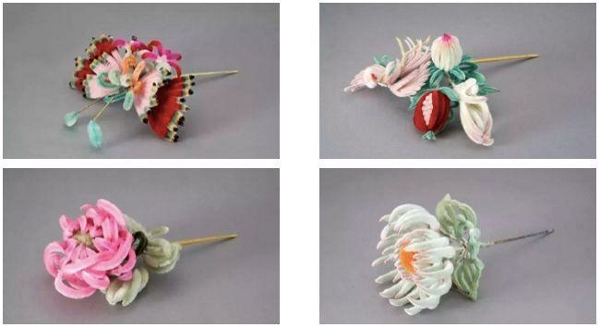
Photo: The Imperial Palace Museum
The velvet flowers worn by the Queen's nephews are the most gorgeous, the flowers are in full bloom, and the hair is on both sides. The purple velvet flower that Fuchao Queen loves to wear has appeared many times. It is a chrysanthemum style. Purple is a prominent color in ancient China, and it is also very similar to the character of Fuchao Queen's introverted Xiu Xian.

Silk
Another example is the use of silk reeling in the fans and costumes in the play. The Qing Dynasty weaving and embroidery group fans are the most beautiful. Silk is one of the traditional silk weaving crafts in China. It is characterized by a variety of colored wefts and warp threads. The finished product looks like a carved pattern. This kind of craft is complicated, so there is a saying that "one inch of silk is one inch of gold." Therefore, the fan of the silk is generally used as a court fan.

Picture: White Pelican Embroidered Peacock Paint Handle Fan Fan Palace Museum

Picture: Yellow silk phoenix phoenix phoenix tree fan palace palace museum
In 2006, Suzhou silk weaving technology was selected into the first batch of national intangible cultural heritage; in 2009, silk was selected as the world's intangible cultural heritage as a silkworm woven silk technique.

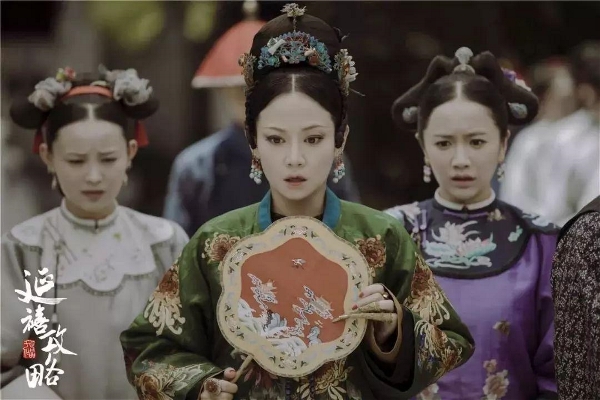
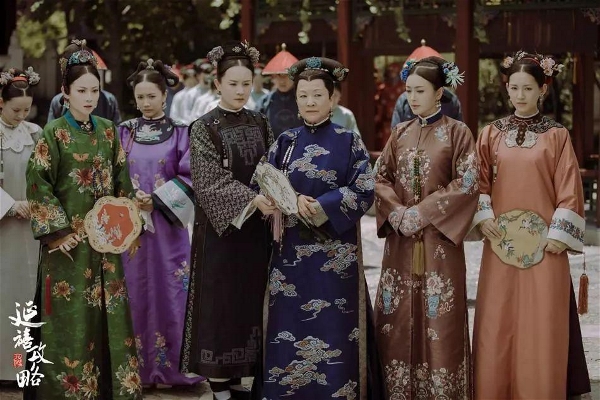
Picture: The silk fan used in the play also imitates the fan that has existed in history. For example, the queen's holding fan fan imitation of the Qing Dynasty gauze sticking to the crane crane tree cluster fan, the fan used by the noble 仿 is copied to the Qing dynasty red 缂Silk ebony carved handle fan.
In order to better present the authentic traditional crafts, the crew visited many folk artists. Gu Jiandong, the inheritor of the silk, said that the technique of embroidering the embroidery on the primer is different. The pattern of the silk is made by weaving one by one. Before making a silk thread product, it is necessary to go through the process of pulling, wearing, turning over, brushing the surface, sticking the surface, opening the surface, etc. If there is a slight error in the middle, the whole painting will become a defective product. . The most precious thing about silk products is that each piece of work is uniquely hand-finished, even if the same person does it at different times, there will be subtle differences.

Silk yarn
In addition, the costumes worn by the characters in the play are made of silk yarn. Xiangyun yarn is hand-made using pure natural materials. It needs to be dyed with yam juice for mulberry silk fabric coating, then covered with river mud for a long time, and then processed by dozens of processes such as sun drying. The finished product is reversible, the color is like pottery, and the hand feels smooth. It can be called the best in silk.
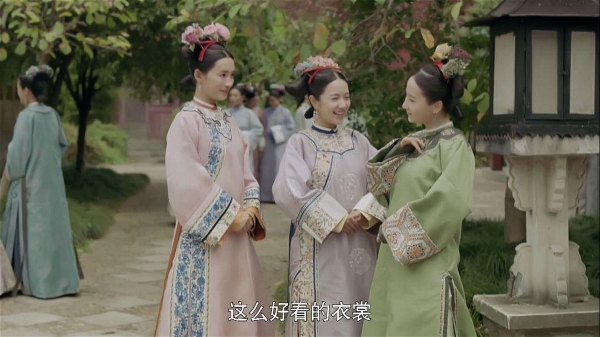
Picture: Uya Qingyi participated in the selection of the opera and chose the clothes made of Xiangyun yarn.
The process of making the silk yarn is complicated, and the artificial silk dyes are different due to artificial dyeing. Its garment structure is tight and smooth, durable, and the body is light and cool, which is very suitable for hot and humid weather. The clothes are easy to clean, and no matter how they are rubbed, they won't wrinkle. In 2008, Xiangyun yarn dyeing and finishing technology was included in the national intangible cultural heritage list.
embroidery
For another example, through the heroine Wei Weichu into the palace, in the embroidered workshop through the palace women into the palace to assess, help friends to complete the embroidery, embroidered robes for the empress, and other series of stories, the show shows the embroidery with a large space, more details This kind of intangible cultural heritage, hand-embroidered, seed-embroidered, plate-gold embroidery, coiled-line embroidery, beaded embroidery, circle gold and other embroidery processes are included.
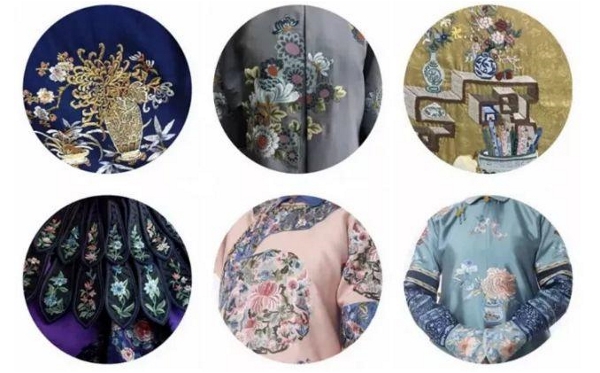
The costumes of the characters in the play are also restored as far as possible according to the records of that era. For example, this pearl shawl of noble and noble refers to a portrait of Cixi.

In the post-production production special edition of the screenwriter, he said: "In order to truly restore the folk customs and wear and tear during the Qianlong period, the "Yanqi Raiders" crew spent five months to prepare for the preliminary period, with reference to a large amount of historical data." In the service, he specially recruited the embroidered mother who had worked as a cultural relic in the Forbidden City, sewing clothes for the crew, so the costumes on the actors were all craftsmanship.
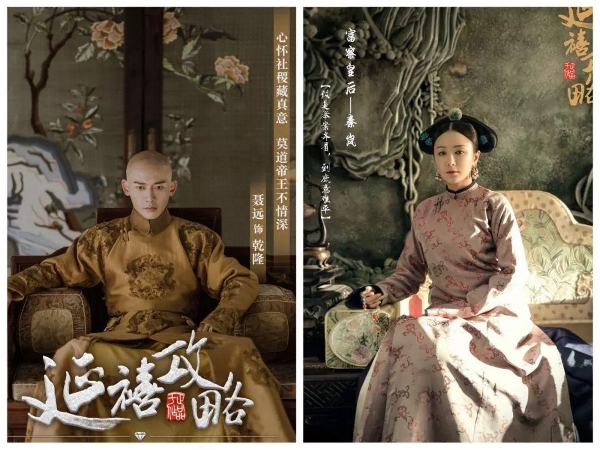
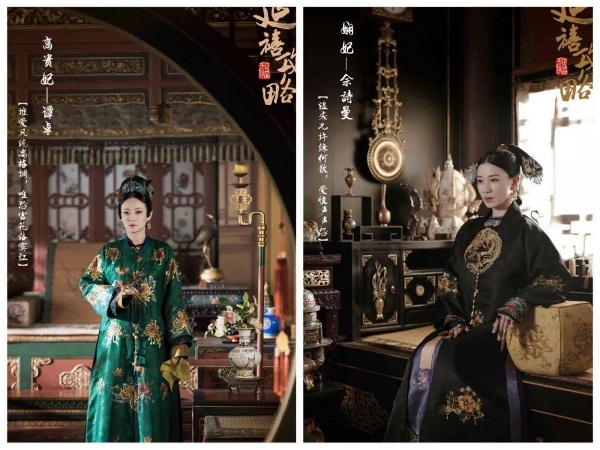
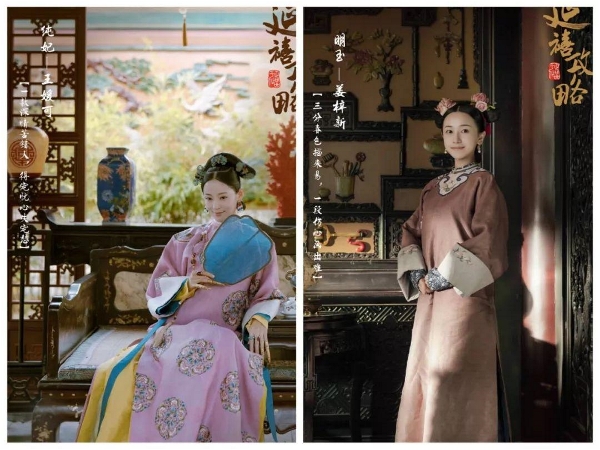
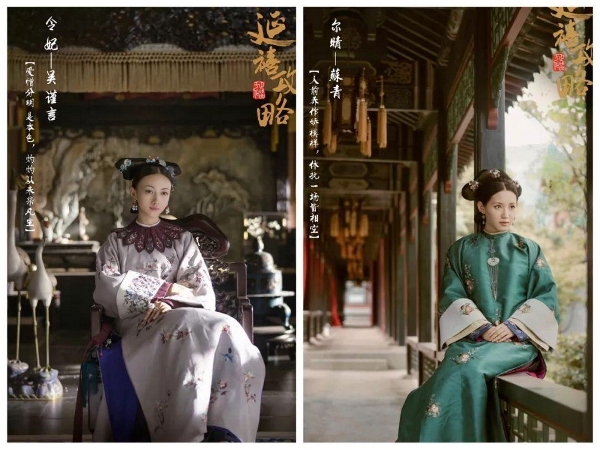


The Qing Dynasty was the heyday of embroidery development, and the Manchu culture was subtly blended through embroidery art. In the play, the needles and the lines all show the profoundness of Chinese traditional embroidery techniques. Do you know if the little masters are so excited about such beautiful costumes?
Behind the exquisite service road, it is the craftsmanship of the craftsmen who keep the awe of Chinese traditional culture, and also reflects the original intention of the "Yanlan Raiders" crew for the inheritance and promotion of traditional Chinese handicrafts.
In these years, costume dramas have always been golden, and the young people in the present are hard to find the traditional culture that has been lost. The dissemination and inheritance of non-legacy are constantly being combined with modern modes of communication, and gradually renewed vitality.
Canvas Print,Knife Oil Painting Co., Ltd. , http://www.nsoilpaint.com
![<?echo $_SERVER['SERVER_NAME'];?>](/template/twentyseventeen/skin/images/header.jpg)